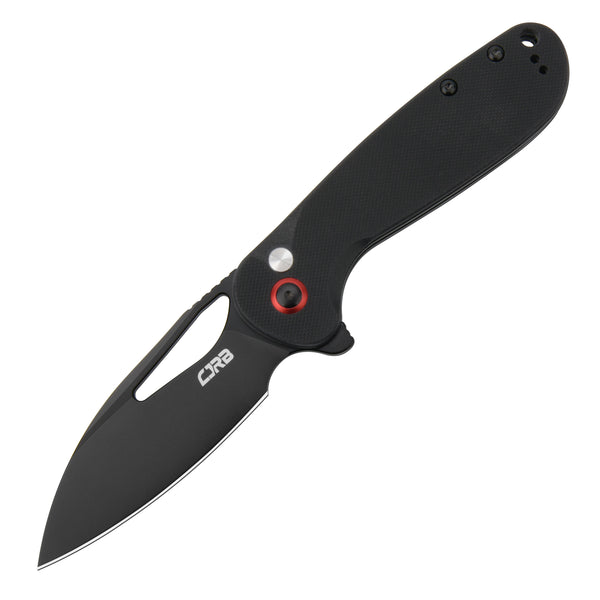The wharncliffe blade is a unique knife design that has captured the attention of knife enthusiasts and collectors alike. Its distinctive shape, characterized by a straight edge and a pointed tip, offers both functionality and aesthetic appeal. But how did this blade evolve over time? In this article, we will explore the historical journey of the wharncliffe blade, its design features, and its applications.

Understanding the Wharncliffe Blade Design
The wharncliffe blade is easily recognizable due to its flat spine that runs parallel to the cutting edge. This design allows for precise cutting and slicing, making it a favorite among craftsmen and outdoor enthusiasts. The blade's shape is particularly effective for detailed work, such as whittling and carving. But what makes this blade so special?
- Versatility: The wharncliffe blade excels in various tasks, from everyday carry (EDC) to specialized applications.
- Control: Its design provides excellent control, making it ideal for intricate tasks.
- Durability: Typically made from high-quality steel, the wharncliffe blade is built to last.
The Historical Roots of the Wharncliffe Blade
The origins of the wharncliffe blade can be traced back to the early 19th century in England. Named after the Wharncliffe estate in Yorkshire, this blade style was initially popularized by the Sheffield cutlers. The design was favored for its practicality and ease of use, particularly in the context of pocket knives.
As the industrial revolution progressed, the wharncliffe blade became a staple in various industries. Its ability to perform well in both domestic and professional settings contributed to its widespread adoption. But how did it transition from a simple tool to a collector's item?
Modern Applications of the Wharncliffe Blade
Today, the wharncliffe blade is not only a practical tool but also a sought-after collector's item. Many knife manufacturers have embraced this design, producing a variety of knives that feature the wharncliffe blade. Whether used for everyday tasks or as part of a collection, its relevance continues to grow.
- Everyday Carry: Many people choose wharncliffe knives for their EDC due to their compact size and versatility.
- Outdoor Activities: The blade's design is perfect for camping, fishing, and other outdoor pursuits.
- Craftsmanship: Artisans often prefer wharncliffe blades for detailed work, such as carving and whittling.
Conclusion: The Enduring Legacy of the Wharncliffe Blade
In conclusion, the wharncliffe blade has evolved significantly since its inception, adapting to the needs of various users while maintaining its core design principles. Its historical significance and modern applications make it a fascinating subject for both enthusiasts and casual users. If you're interested in exploring high-quality knives featuring the wharncliffe blade, consider visiting  for a selection of expertly crafted options.
for a selection of expertly crafted options.






